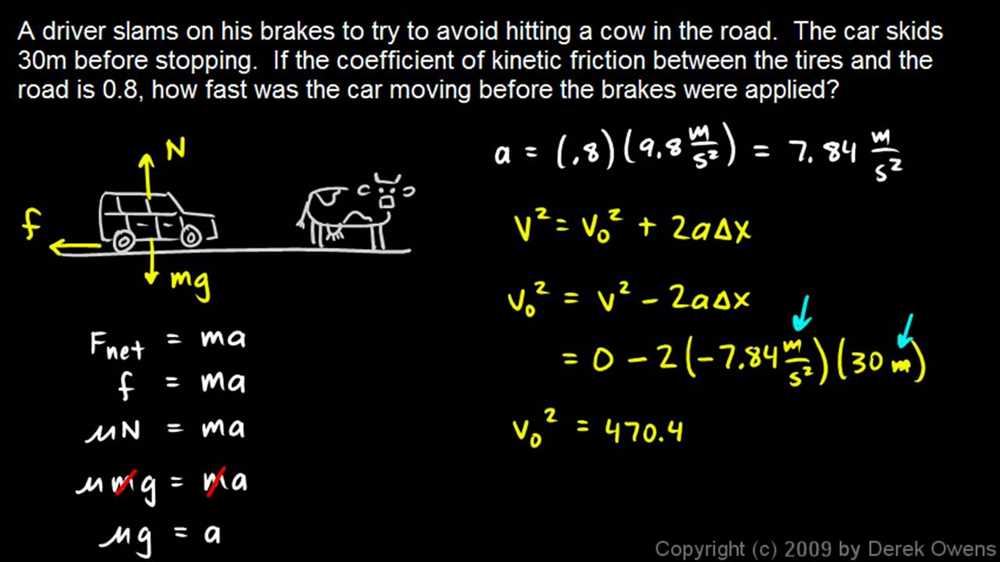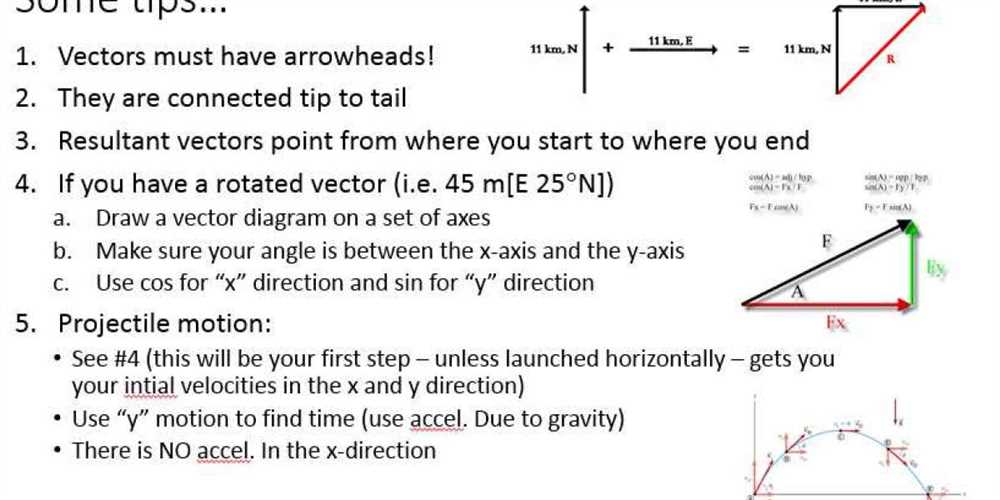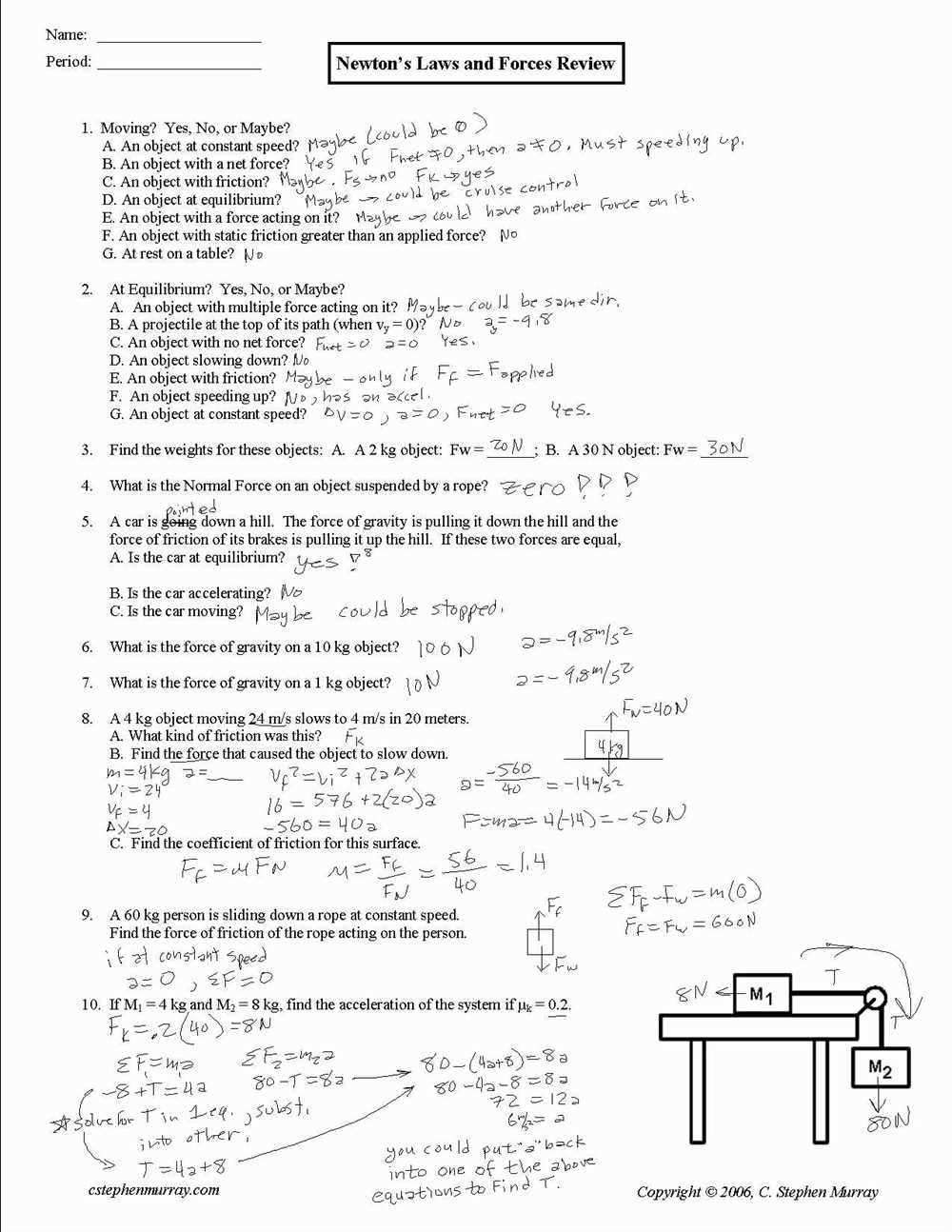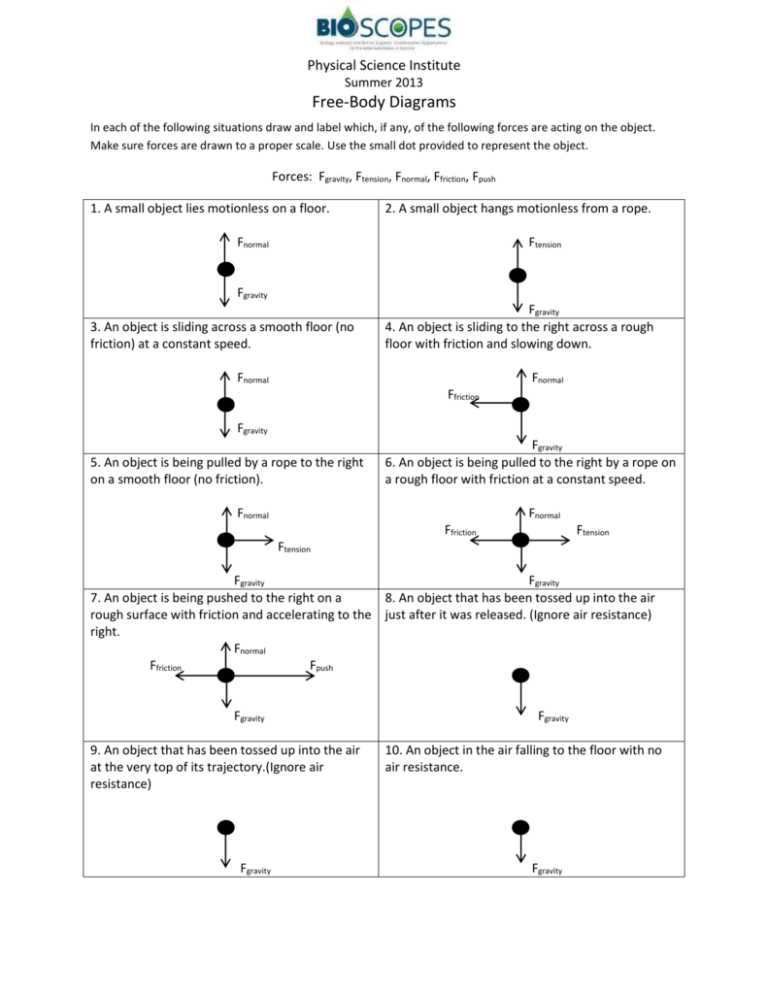
Understanding the principles of dynamics and friction is crucial in the study of physics and engineering. In order to solve problems involving motion and forces, it is important to have a solid understanding of the concepts related to friction. One way to test and reinforce this understanding is through the use of a dynamics friction worksheet. This worksheet provides a series of questions and problems that require students to apply their knowledge of friction and its effects on motion.
The dynamics friction worksheet typically includes a variety of problems that cover different scenarios and applications of friction. Students may be asked to calculate the force of friction acting on an object, or to determine the coefficient of friction between two surfaces. They may also need to analyze the effects of friction on the motion of an object, such as calculating the deceleration due to friction or predicting the distance traveled before coming to rest.
By working through a dynamics friction worksheet, students have the opportunity to practice applying the principles of friction in various situations. This not only helps to reinforce their understanding of the subject, but also allows them to develop problem-solving skills and critical thinking abilities. It encourages students to think analytically about how friction affects the motion of objects, and to apply mathematical formulas and concepts to real-world scenarios.
Dynamics Friction Worksheet Answers
In this worksheet, we will explore the concept of dynamics and friction and work through various questions and scenarios to better understand their relationship.
1. The coefficient of static friction is defined as the ratio of the force of static friction to the normal force. It represents the maximum force of friction that can be exerted between two surfaces before they start to move relative to each other.
2. The coefficient of kinetic friction is defined as the ratio of the force of kinetic friction to the normal force. It represents the amount of frictional force between two surfaces when they are already in motion.
3. To calculate the force of friction, we need to consider the coefficient of friction and the normal force. The force of friction can be calculated using the formula F = μN, where F is the force of friction, μ is the coefficient of friction, and N is the normal force.
4. Frictional force depends on various factors, including the nature of the surfaces in contact, the weight or normal force pressing the surfaces together, and the presence of any lubricants or contaminants.
5. In some cases, friction can be beneficial, such as when we want to maintain traction while driving or prevent objects from slipping. However, friction can also be undesirable, as it can cause wear and tear on surfaces or impede the motion of objects.
6. It is important to note that the coefficient of friction is a dimensionless quantity and does not have any units. The force of friction, on the other hand, is measured in units of force (such as Newtons).
Example Questions:

- Calculate the force of friction between a 10 kg box and the floor if the coefficient of kinetic friction is 0.4.
- What is the maximum force of static friction between a 20 lb block and a table if the coefficient of static friction is 0.6?
- Explain why it is more difficult to push a heavy object on a carpeted floor compared to a smooth, hard floor.
By answering these questions and exploring the concept of dynamics and friction, we can gain a better understanding of how these forces affect the motion of objects in our everyday lives.
Section 2: Exploring the Concept of Friction

Friction is a force that opposes the relative motion between two surfaces in contact. It is caused by the irregularities present on the surfaces, which interlock and resist the sliding motion. Friction can be classified into two types: static friction and kinetic friction.
Static friction:
- Static friction is the force that prevents an object from moving when a force is applied to it.
- It is always equal in magnitude and opposite in direction to the applied force until the object starts moving.
- Once the object starts moving, static friction is replaced by kinetic friction.
- Static friction can vary depending on the nature of the surfaces in contact.
Kinetic friction:
- Kinetic friction is the force that opposes the motion of an object that is already moving.
- It is generally lower in magnitude than static friction.
- Kinetic friction depends on the nature of the surfaces in contact and the normal force acting on the object.
- The coefficient of kinetic friction (µk) is a measure of the friction between two surfaces in motion.
The concept of friction is essential in understanding the behavior of objects in motion. It plays a significant role in various fields, such as engineering, physics, and sports. Friction can affect the efficiency of machines, the performance of vehicles, and the dynamics of sports activities. By studying the different types of friction and their characteristics, scientists and engineers can develop strategies to reduce friction, improve efficiency, and enhance performance in various applications.
Section 3: Understanding the Types of Friction
Friction is a force that opposes the motion of objects when they come into contact with each other. It is an important concept in physics and is crucial for understanding how objects move and interact with each other. Friction can be classified into several different types, each with its own unique characteristics and effects on the motion of objects.
One of the most common types of friction is static friction. Static friction occurs when two objects are in contact but are not moving relative to each other. It is the force that must be overcome in order to set an object in motion. For example, when pushing a heavy box on the ground, static friction acts in the opposite direction of the applied force, making it difficult to start moving the box.
Another type of friction is kinetic friction, which occurs when two objects are in motion relative to each other. In contrast to static friction, kinetic friction acts in the same direction as the motion of the objects. This type of friction is responsible for slowing down moving objects and ultimately bringing them to a stop. For instance, when a car applies its brakes, the kinetic friction between the brake pads and the wheels helps to slow down the car.
In addition to static and kinetic friction, there is also rolling friction. Rolling friction occurs when an object, such as a wheel or a ball, rolls over a surface. It is generally lower than kinetic friction and allows objects to roll smoothly without much resistance. This type of friction is commonly experienced when riding a bicycle or a skateboard, where the wheels roll over the ground.
Understanding the different types of friction is essential for engineers and designers to develop systems and mechanisms that minimize the negative effects of friction. By studying and analyzing the forces involved, they can optimize the performance and efficiency of various devices and technologies.
Section 4: Calculating Frictional Force
In order to calculate the frictional force between two objects, we need to consider several factors. Firstly, the coefficient of friction between the two surfaces in contact must be determined. This coefficient represents the relationship between the force required to overcome the frictional resistance and the normal force pressing the two surfaces together. It is important to note that the coefficient of friction can vary depending on the nature of the materials in contact.
Once the coefficient of friction is known, the formula for calculating the frictional force can be applied. The frictional force (Ff) can be found by multiplying the coefficient of friction (μ) by the normal force (Fn) exerted on an object. Mathematically, it can be represented as:
Ff = μ × Fn
For example, if the coefficient of friction between two surfaces is 0.5 and the normal force between them is 100 Newtons, the frictional force can be calculated as:
Ff = 0.5 × 100 = 50 Newtons
It is important to note that the frictional force acts in a direction opposite to the applied force, which tends to resist motion. This is known as kinetic friction. If the applied force is not enough to overcome the frictional force, the two surfaces will remain in a state of static friction, where they do not slide past each other. The maximum static frictional force can be calculated using a similar formula, with the static coefficient of friction (μs) instead of the kinetic coefficient.
Understanding how to calculate frictional force is crucial in various fields such as physics, engineering, and mechanics, as it helps in predicting and analyzing the behavior of objects in contact. By knowing the frictional force, we can determine how much force is required to move an object or maintain its stability in different conditions.
Section 5: Applying Friction in Real-life Scenarios
Friction is a force that we encounter in our everyday lives, and understanding its effects is crucial for various real-life scenarios. Whether it’s walking on a slippery surface, driving a car, or playing sports, friction plays a significant role in our interactions with the physical world.
In the case of walking on a slippery surface, such as an icy sidewalk, the friction between the soles of our shoes and the ground becomes vital. The low friction of the ice makes it challenging to maintain balance and control while walking. To overcome this, various methods can be used, such as wearing shoes with a good grip or using traction devices like ice cleats. These increase the friction between our shoes and the ground, providing better stability and preventing slip accidents.
The concept of friction also applies to driving a car. When we apply the brakes, the friction between the brake pads and the wheels helps slow down the vehicle. This is why it’s essential to regularly maintain our car’s braking system to ensure optimal friction and prevent accidents. Additionally, understanding the coefficient of friction between different types of tires and road surfaces can help us make informed decisions when driving in different weather conditions.
In the world of sports, friction is a crucial factor that athletes must consider. For example, in basketball, the interaction between the shoes and the court determines an athlete’s ability to change direction quickly, stop, and jump. Basketball shoes are designed with specific patterns on the soles to enhance traction and increase friction with the court surface. Similarly, in gymnastics, the friction between the gymnast’s hands and the equipment plays a vital role in their performance during routines such as the parallel bars or rings.
Overall, understanding and applying friction in real-life scenarios can help us navigate various situations more effectively and safely. From walking on slippery surfaces to driving and participating in sports, friction is a force that significantly impacts our daily lives.
Section 6: Overcoming Frictional Challenges
Friction is a force that opposes motion and is present in various everyday situations. Overcoming frictional challenges can be crucial in ensuring efficient and smooth functioning of many mechanical systems. In this section, we will explore some common challenges posed by friction and methods to overcome them.
Reducing Friction:
One of the primary approaches in overcoming frictional challenges is to reduce the amount of friction between two surfaces. This can be achieved through various means, such as lubrication, polishing, and using low-friction materials. Lubrication involves introducing a substance between surfaces to create a thin layer that reduces contact and friction. Polishing surfaces can remove any imperfections and roughness, reducing friction. Utilizing low-friction materials, such as certain types of plastics or composites, can also help minimize friction.
Increasing Force:
Another strategy to overcome frictional challenges is to increase the force applied to overcome the opposing frictional force. By increasing the force acting on an object, the frictional force can be overcome and motion can be initiated. This can be achieved by using mechanical advantage systems, such as pulleys and levers, which allow for the amplification of force. By using these systems, a smaller input force can generate a larger output force, helping to overcome friction.
Streamlining Designs:
Designing systems with streamlined shapes and minimizing surfaces in contact can also aid in reducing frictional challenges. By reducing the surface area in contact and optimizing the shape of moving parts, the amount of friction encountered can be minimized. This approach is particularly effective in fluid dynamics, where streamlining the shape of objects moving through fluids can significantly reduce drag and frictional resistance.
In conclusion, overcoming frictional challenges involves reducing friction through various methods like lubrication and using low-friction materials, increasing the applied force, and streamlining designs. By implementing these strategies, mechanical systems can operate more efficiently and effectively, thus improving overall performance.
Section 7: Importance of Reducing Friction

Reducing friction is an important concept in the field of dynamics, as it can greatly impact the efficiency and performance of various systems. Friction, the force that opposes motion between two surfaces in contact, can result in energy loss and wear and tear. By minimizing friction, engineers and designers can improve the overall functionality and longevity of machines and structures.
Energy Efficiency: One of the key reasons for reducing friction is to increase energy efficiency. When friction is present, more force is required to overcome it, resulting in energy loss. By minimizing friction, less energy is wasted, and the performance of systems can be optimized. This can be particularly important in industries such as transportation and manufacturing, where energy consumption is a significant factor.
Wear and Tear: Friction can also cause wear and tear on surfaces that come into contact with each other. As two surfaces rub against each other, the frictional force can result in the degradation of materials and the generation of heat. By reducing friction, the rate of wear and tear can be minimized, leading to increased lifespan and reduced maintenance costs for machines and equipment.
Control and Accuracy: Friction can also affect the control and accuracy of systems. In situations where precision is crucial, such as in the operation of robotic arms or in delicate medical procedures, any friction or resistance can lead to errors or deviations from the desired outcome. By reducing friction, engineers can ensure smoother and more precise movements, leading to improved overall performance and reliability.
Noise Reduction: Friction can also result in unwanted noise in various systems. This can be disruptive, particularly in environments where noise levels need to be controlled, such as in residential areas or hospitals. By reducing friction, noise levels can be minimized, creating quieter and more comfortable environments.
In conclusion, reducing friction plays a crucial role in improving the efficiency, performance, and functionality of various systems. From energy savings to increased lifespan and improved accuracy, minimizing friction can have numerous benefits in a wide range of industries. Engineers and designers need to consider friction reduction techniques in their designs to optimize the operation and longevity of machines and structures.